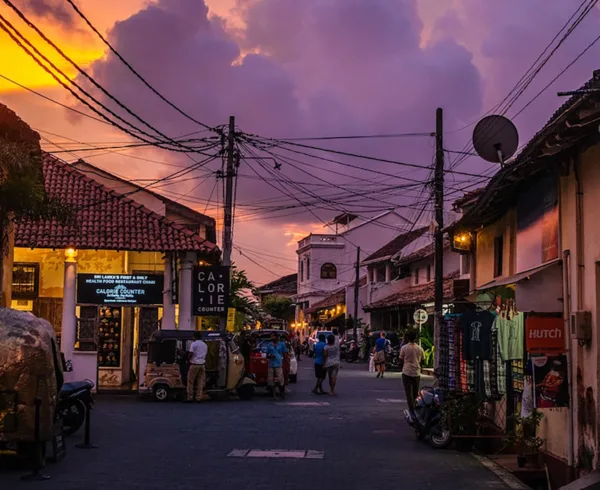Forts in Sri Lanka find their origins thousands of years ago during the reign of some of the greatest kings of the land. The Kandy citadel and the Sigiriya rock fortress speak volumes of the phenomenal design and skill possessed by the ancient forefathers.
With the invasion of Colonial empires from the 16th century, the design and architecture of the forts in Sri Lanka have evolved over the years, with each dynasty carrying with it a rich cultural heritage. Spread throughout the coastal belt of the island, each of the forts in Sri Lanka is strategically placed and stands strong as a symbol of victory. Most of the great fortresses were first built by the Portuguese and were subsequently expanded by the Dutch during the 17th century. The British too occupied these forts, particularly the military during the two world wars, but were later abandoned and thereafter used by civil administrative offices.
The Jaffna fort, Batticaloa fort, Mannar fort, Kalpitiya fort, Negombo fort, and Martello tower of Hambantota are among the few that are yet to be seen in Sri Lanka. Galle Fort, a UNESCO World Heritage Site and possibly one of the best-preserved from that period to be found in the world, is the largest fort created by the Dutch in Asia. Though started by the Portuguese, construction was completed by the Dutch and is credited to the latter. Despite having stood for a few centuries, the fort is still a hive of activity and is in fact like a walled city with museums, galleries, boutiques, restaurants and luxury villas, making it the best preserved fort in Sri Lanka.
Another famous fort in Sri Lanka is Fort Fredrick in Trincomalee. It is a unique and peculiar transformation of a holy site into a military construction, as the Portuguese constructed it to defend their territory from the English and French armies.
In the heart of Colombo, the capital city, between the harbour and the Beira Lake was the Colombo Fort , one of the most prominent forts in Sri Lanka . Initially built by the Portuguese marking the first Colonial fort in Sri Lanka, the Colombo Fort was then taken over by the Dutch and eventually demolished by the British. What was once a walled city with administrative and military buildings, residential buildings, mills and cinnamon store-houses is today the financial and commercial pulse of the country. Colombo Fort once boasted typical Dutch houses which had been adapted to the tropical climate with an extended roof covering the verandahs and with high-ceilinged halls. Today there is hardly a trace of the old fort but that area is yet referred to as Colombo Fort given its prominence as one of the most important forts in Sri Lanka for many years.




